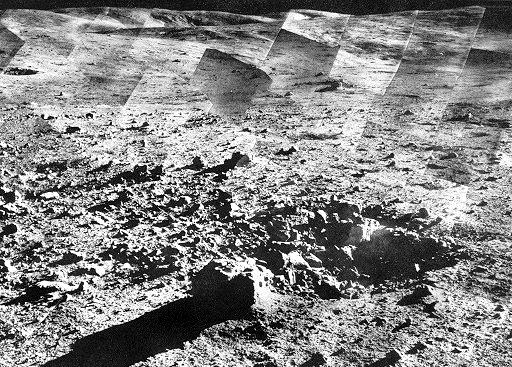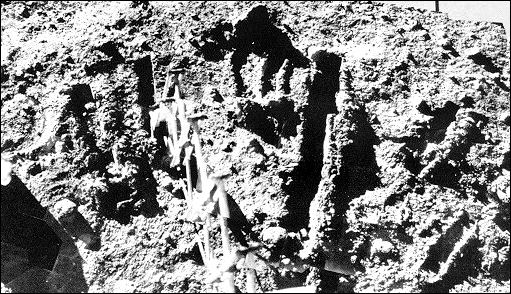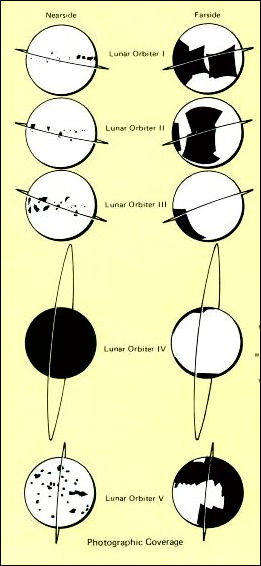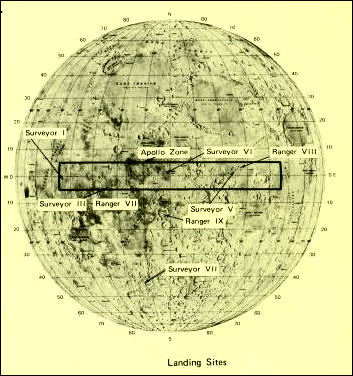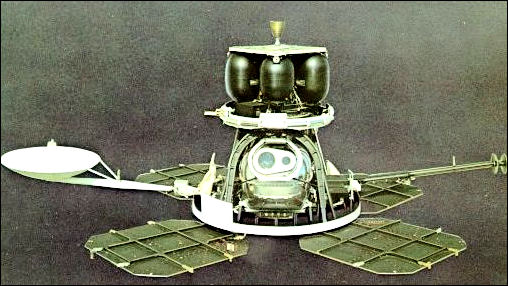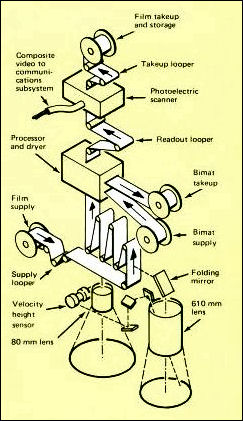
|
It was in its photo system that Orbiter was most unconventional.
Other spacecraft took TV images and sent them back to Earth as
electrical signals. Orbiter took photographs, developed them on
board, and then scanned them with a special photoelectric system - a method
that, for all its complications and limitations, could produce
images of exceptional quality. One Orbiter camera could
resolve details as small as 3 feet from an altitude of 30 nautical
miles. A sample complication exacted by this performance: because
slow film had to be used (because of risk of radiation fogging),
slow shutter speeds were also needed. This meant that, to prevent
blurring from spacecraft motion, a velocity-height sensor had to
insure that the film was moved a tiny, precise, and compensatory
amount during the instant of exposure.
|
